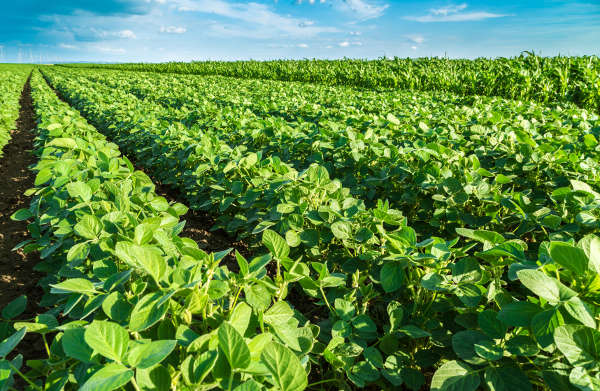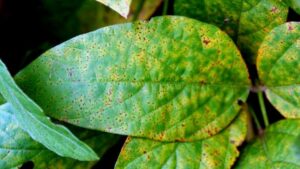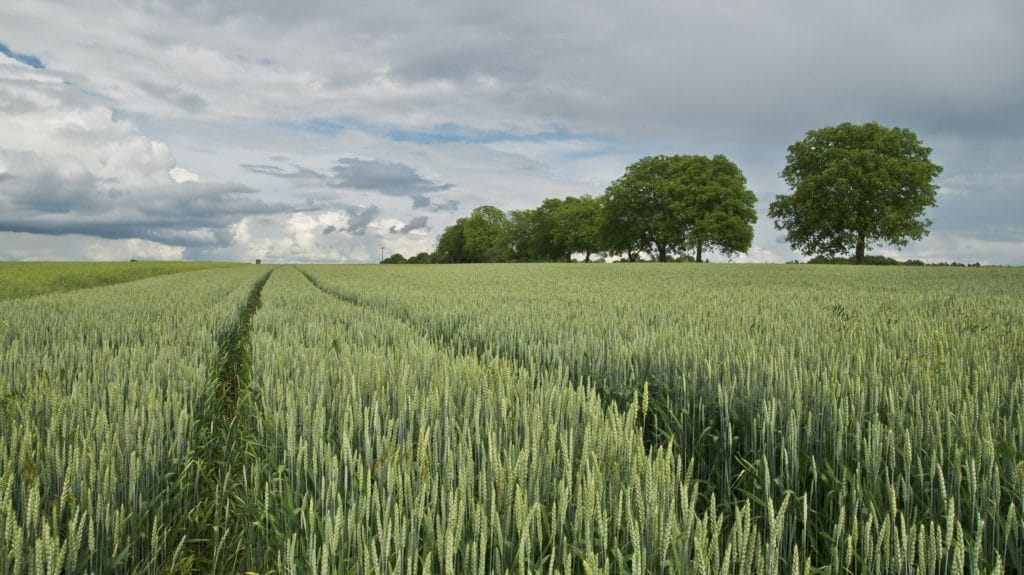Over almost two decades, Asian rust has infiltrated soybean fields across Brazil. The pathogen has become so resistant to chemicals meant to kill it that many farmers spray several times during their growing seasons, and still endure losses. The chemicals were ineffective almost half the time.
“Resistance [development] has been faster than research” into preventive measures, said Claudia Godoy, Brazilian Agricultural Research Corporation (Embrapa). There is mounting concern that fungicide used on soybeans may have reached a limit, at least until new chemicals are developed.
Fungicides have switched active ingredients at least twice as rust adapted. Most of the products in Brazil use carboxamide, but increased resistance to that [has emerged], said Godoy. “If fungus resistance to carboxamide spreads, soybeans may lose as much as 30 percent of output.” There is no substitute for carboxamide, and the next chemicals probably won’t arrive for [some] years. [There are also] delays on approvals of chemicals.
There are also signs that weather and wind make it difficult to control the spread. “Soybeans are in South American fields 12 months per year, making crops more susceptible to fungus,” said Ricardo Balardin, Federal University of Santa Maria. “If we had 6 months with no soybeans, the situation would be quite different.”













